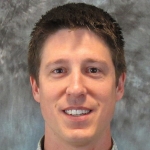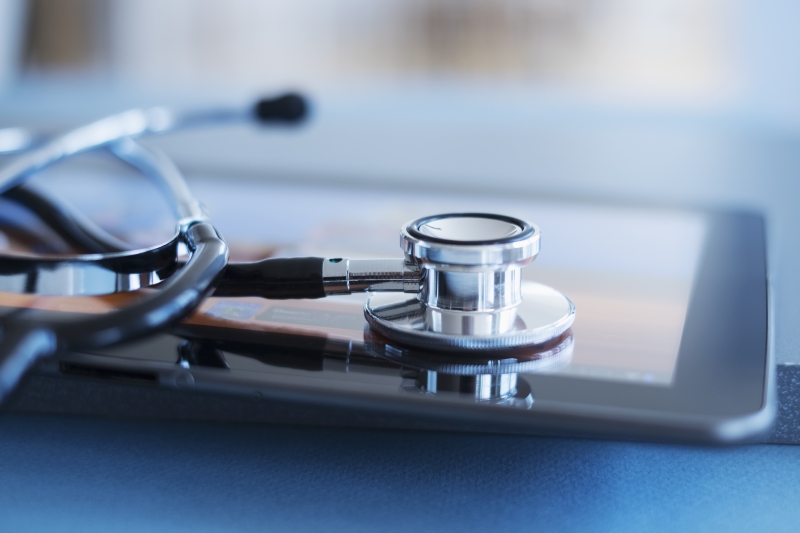
What if the data behind your next prescription could help save lives – not just yours, but millions more? Behind the scenes, researchers are turning everyday health records into powerful insights that shape the safety of drugs and medical devices. At the heart of this work is Cheryl Walraven, a












